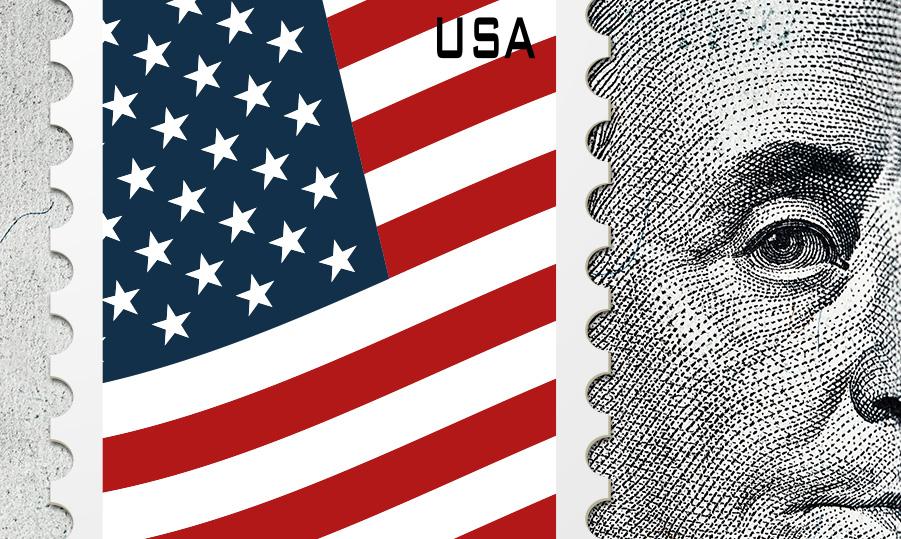How are postal rates set?

There are many steps the Postal Service must take to change its prices, starting with getting approval from the Postal Service Governors[1], The next step is to file the proposed prices with its regulator, the Postal Regulatory Commission (PRC), who ensures they meet all the legal and regulatory requirements.
By law, the Postal Service’s products fall into two categories — market dominant and competitive products. And the pricing requirements are different for each. For market-dominant products — mostly letters, magazines, and catalogs — the Postal Service has an annual limit on how much it can increase prices. This is often referred to as a price cap, and it is currently based on various factors including inflation, the change in both mail volume and the number of delivery points, and the size of the Postal Service’s unfunded retirement obligations. The current cap also allows higher prices for any classes that have revenues failing to cover their costs, known as being “underwater”. The cap could change in the next few years as there is an ongoing proceeding at the PRC to review the market dominant pricing rules.
For competitive products, which mostly include parcels such as Priority Mail and Ground Advantage, the requirements are designed to ensure the Postal Service sets prices high enough so that the products cover their costs and earn enough to contribute to the cost of the postal network.
[1] Postal Service Governors are appointed by the President with the advice and consent of the Senate, and they are required by law to represent the public interest generally.
